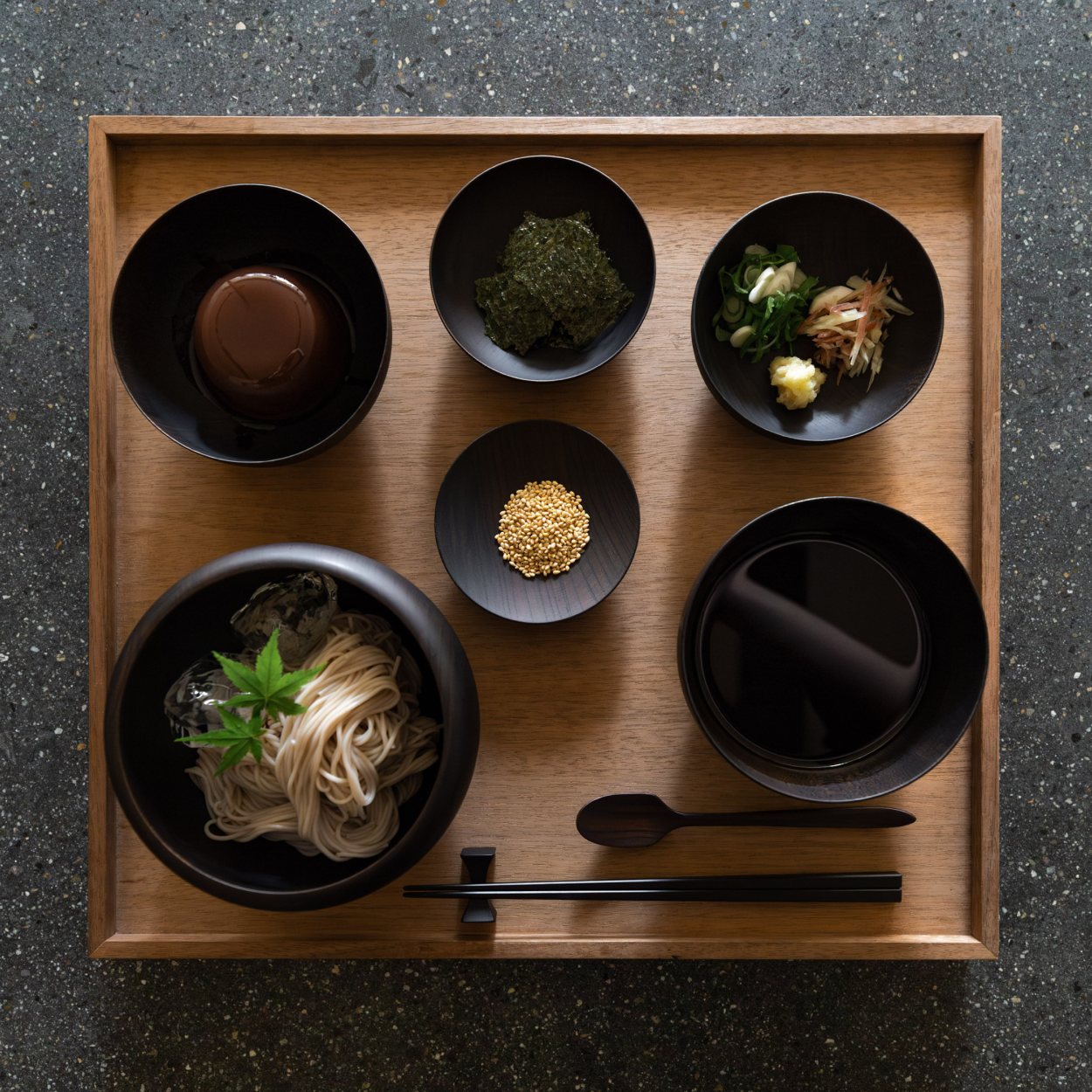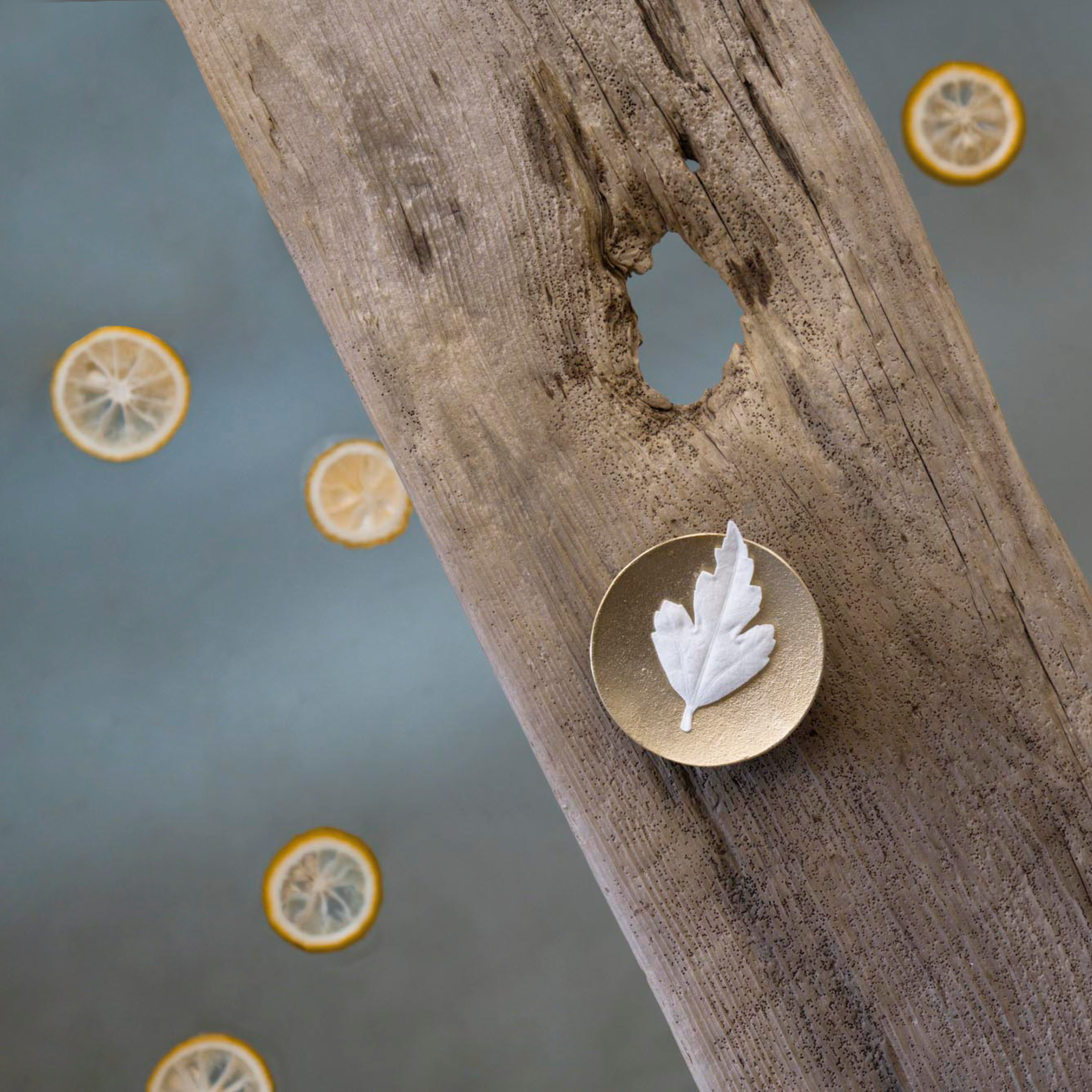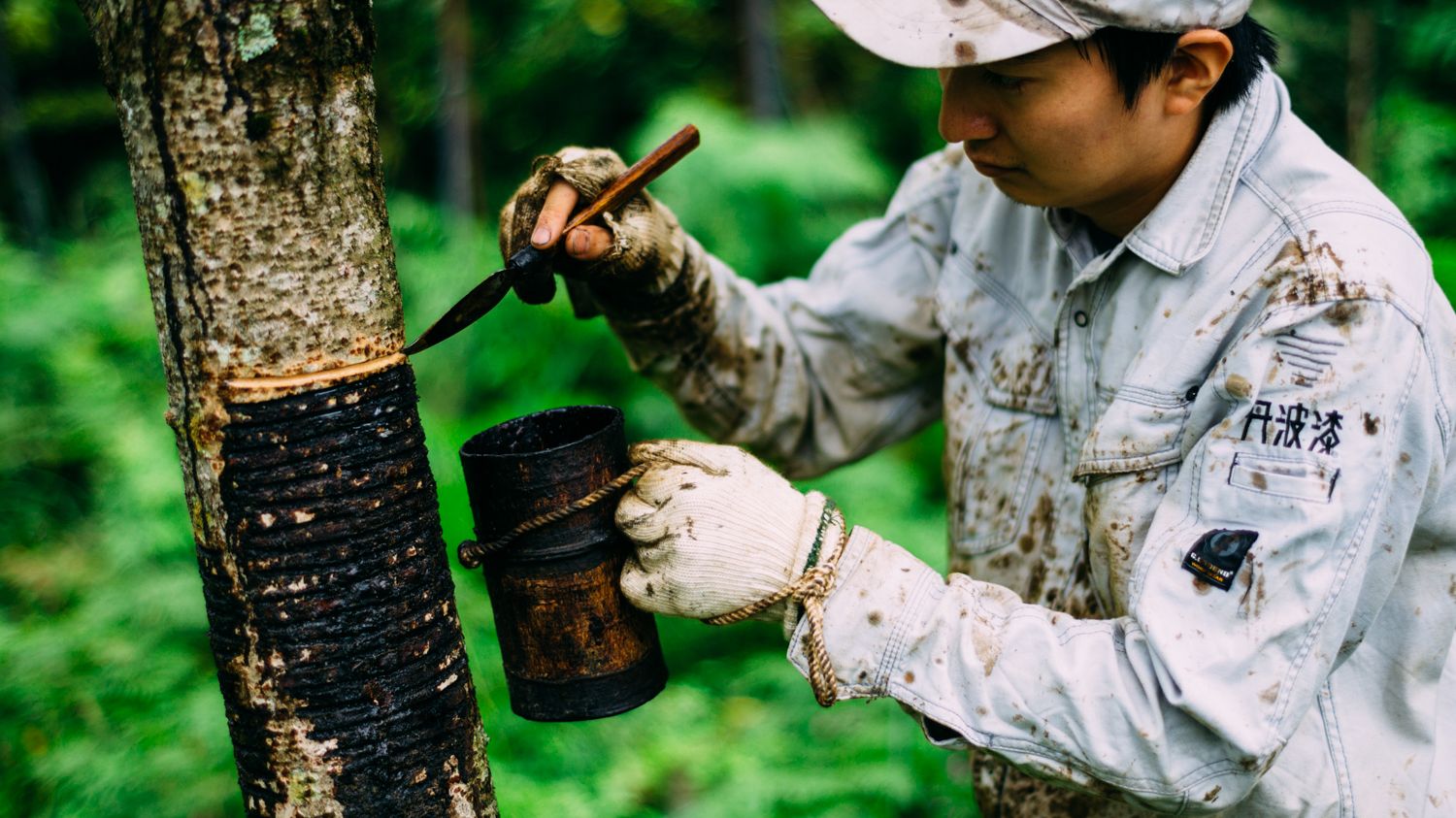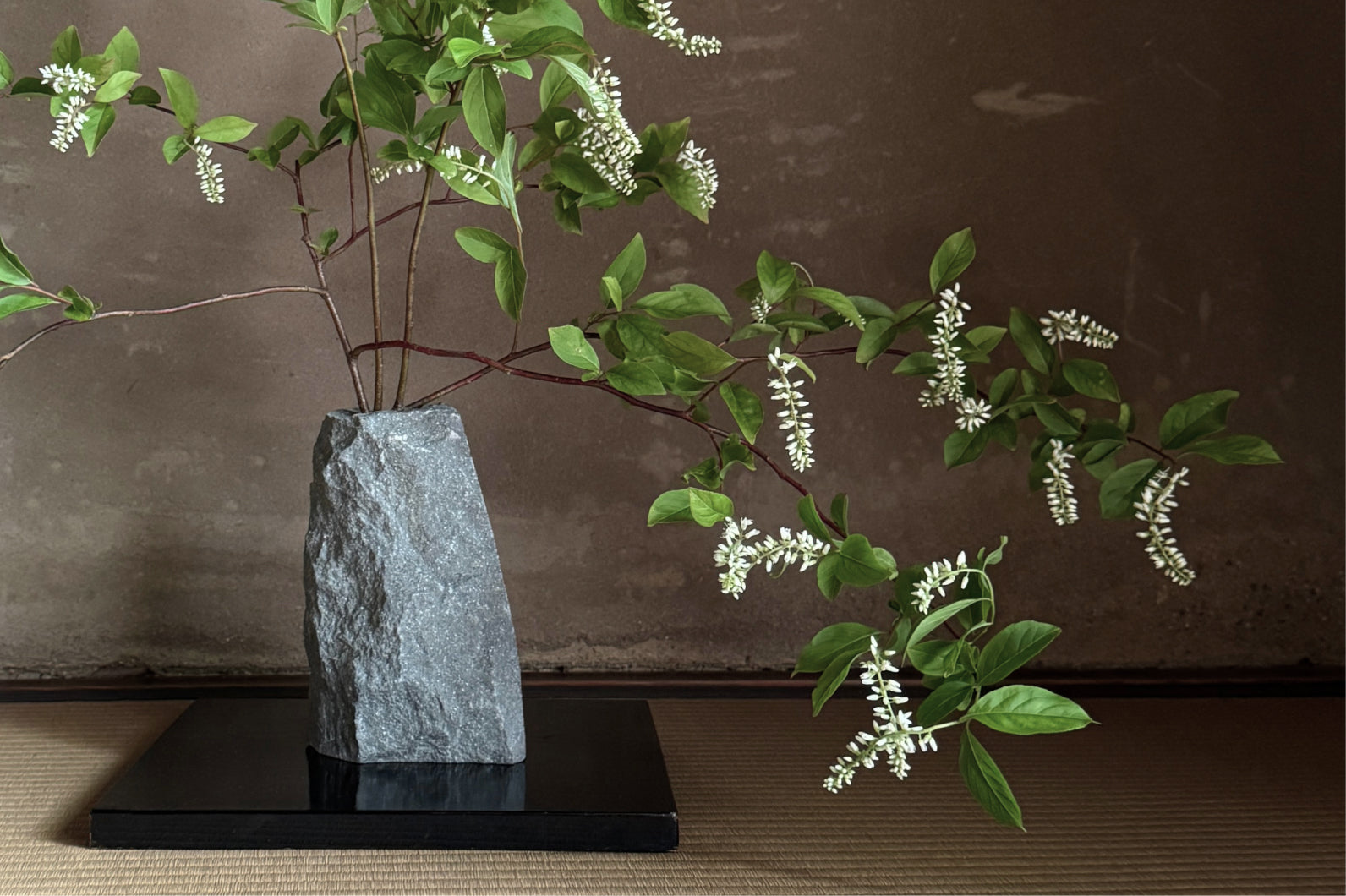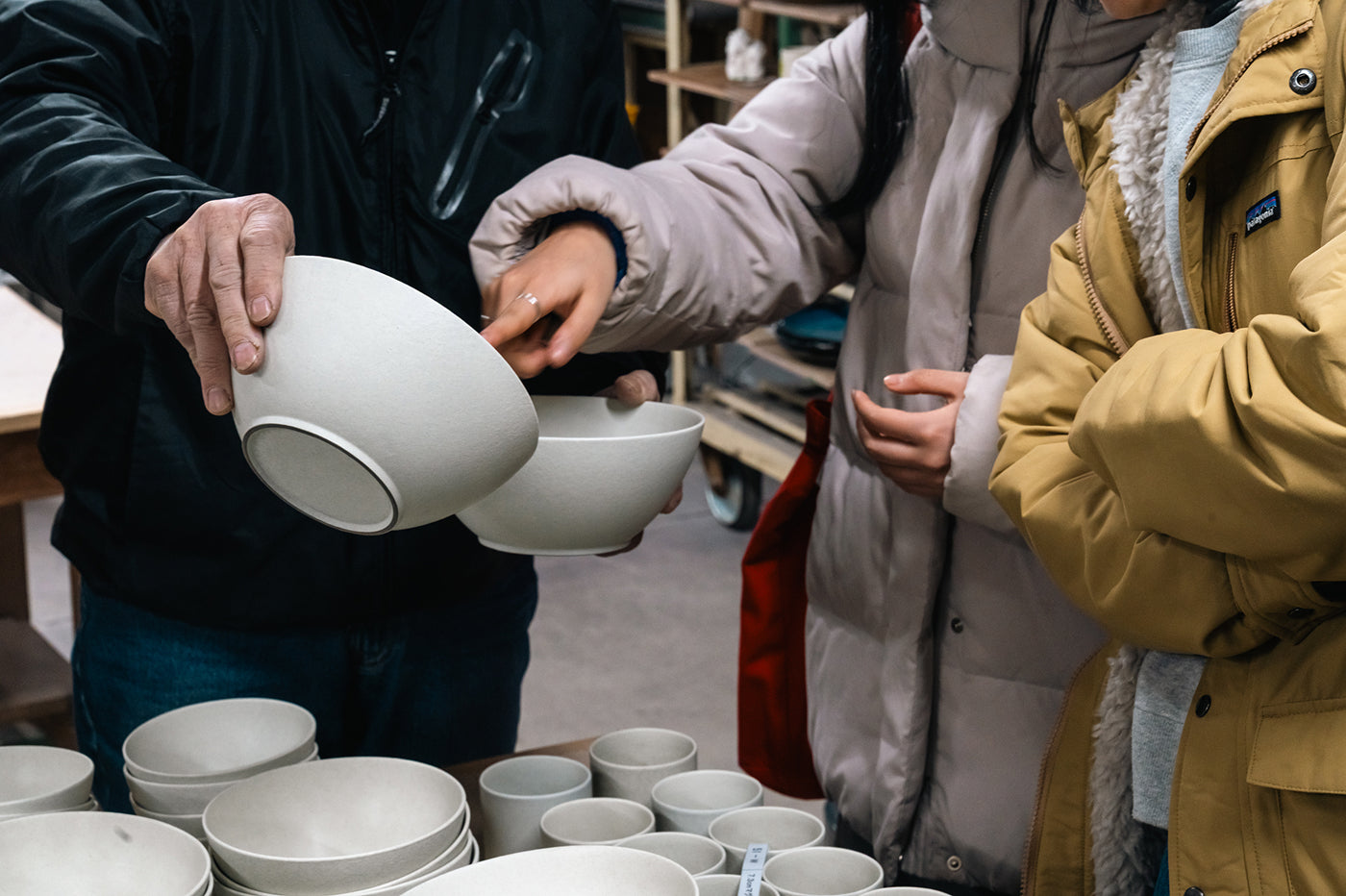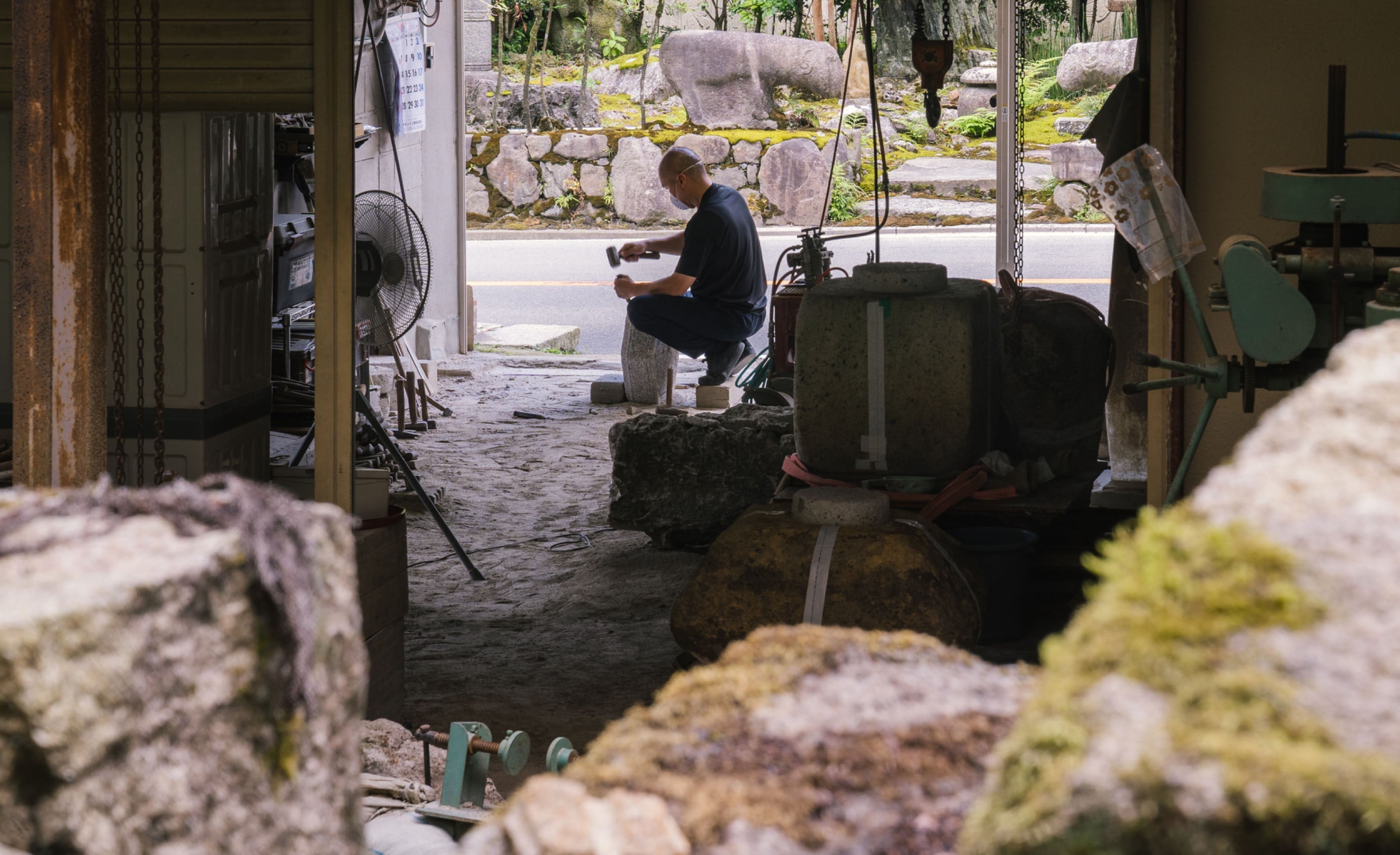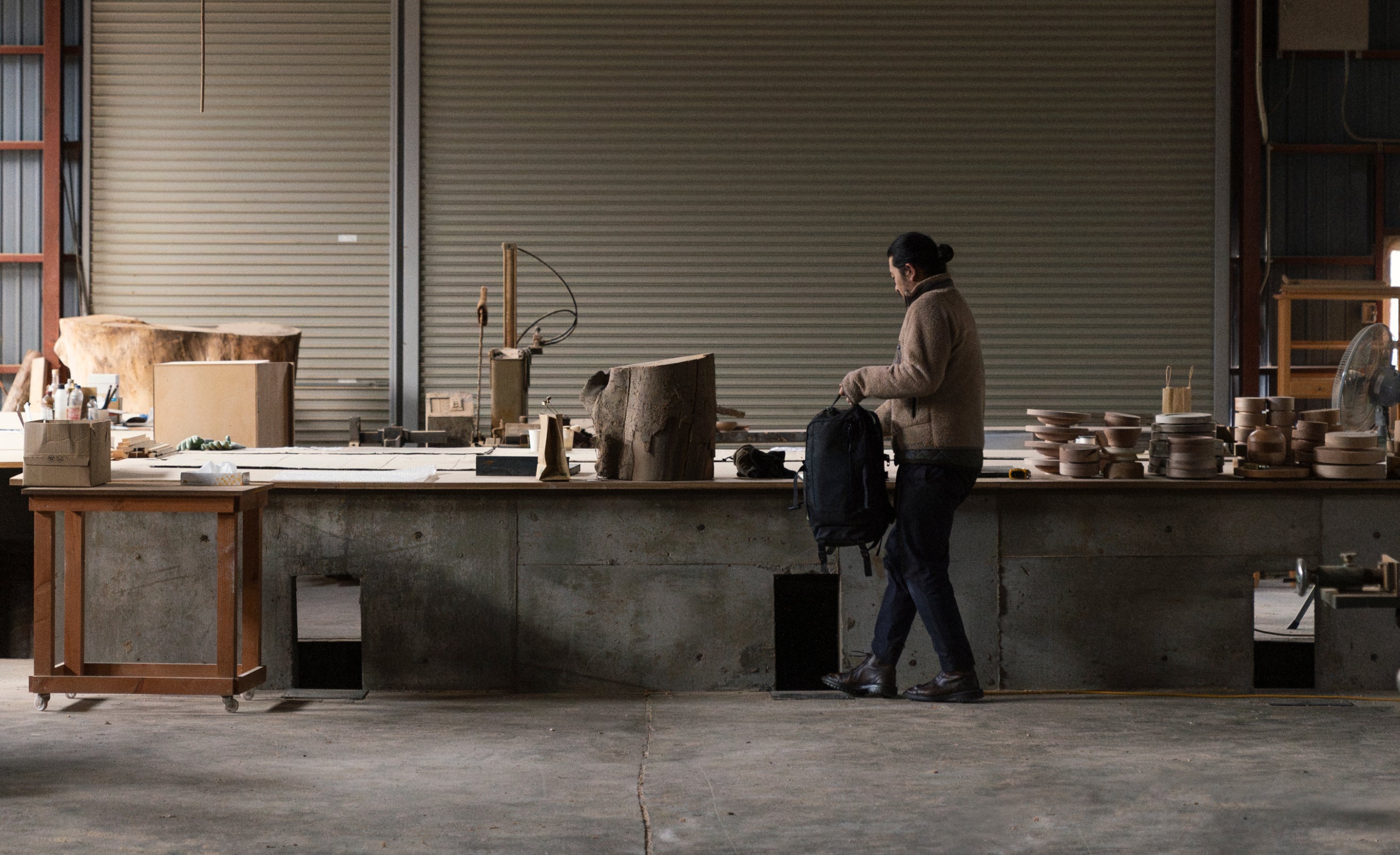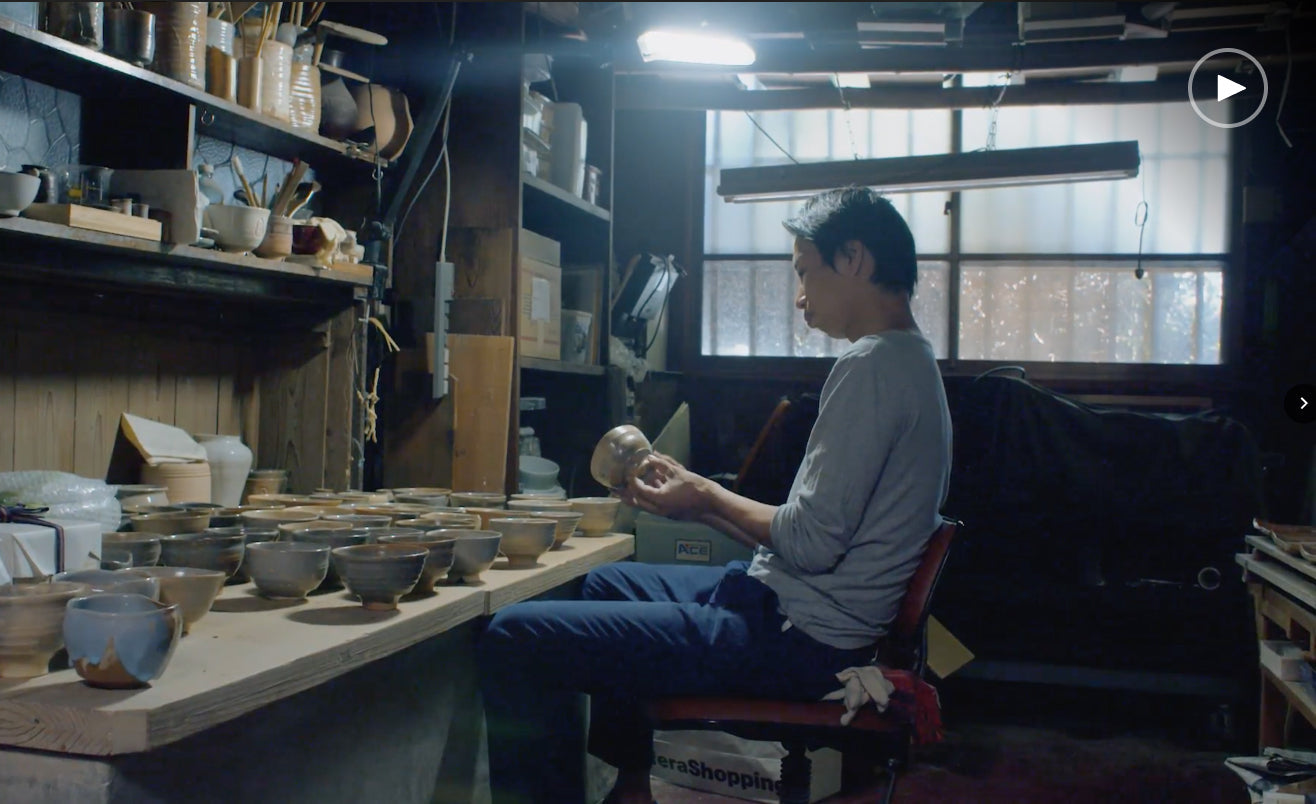Kintsugi-repair restores broken pieces with urushi tree sap, and often finishes the repair in gold or silver powder. As a restoration practice, pieces repaired with hon-kintsugi are aesthetic, food-safe, and become more durable with time.
Despite its name, it is not the gold powder that actually does the repair work in kintsugi. The durability, longevity, and antibacterial properties of kintsugi’d pieces are thanks to urushi tree sap used across all steps of the repair process.
KIN 金
1. gold
2. golden
3. metal
4. money
URUSHI 漆
1. urushi sap
2. natural lacquer often used to coat woodware
TSUGI 継ぎ
1. stitch, mend, join repair, patch up, replenish
2. succeed, inherit; pass something down from one generation to the next
The term urushitsugi showcases the vital role of urushi in kintsugi.
From preparing surfaces for repair, to each step of the joinery process (mugi urushi, sabi urushi, kokuso, and red and black lacquer), urushi is what functionally repairs each piece. Without urushi, hon-kintsugi (true kintsugi) would not exist.
 Much like its co-term, kintsugi, urushitsugi’s meaning also extends beyond a restoration technique and emphasizes an ongoing story across generations. For example, urushi has been applied to toys and amulets, architectural materials, home furnishings, and tableware for thousands of years.
Much like its co-term, kintsugi, urushitsugi’s meaning also extends beyond a restoration technique and emphasizes an ongoing story across generations. For example, urushi has been applied to toys and amulets, architectural materials, home furnishings, and tableware for thousands of years.
Uniquely, urushitsugi can represent a connection between species, as well.
Urushi trees are cultivated for at least 15 years before the sap is meticulously harvested and the trees are carefully raked for the urushi with utmost respect appreciation for the tree and its lifeforce. The lifecycle of urushi trees, which connects forest biodiversity, cultivationists, refiners, and artisans, represents a 10 thousand-year-long story of coexistence between these trees and humans. Urushitsugi can help stimulate the awareness that's required to invest in rejuvenating the diversity of forests.
 In introducing urushitsugi here, we not only celebrate hon-kintsugi, but also extend its meaning to include the natural resources and practices that make it possible.
In introducing urushitsugi here, we not only celebrate hon-kintsugi, but also extend its meaning to include the natural resources and practices that make it possible.
